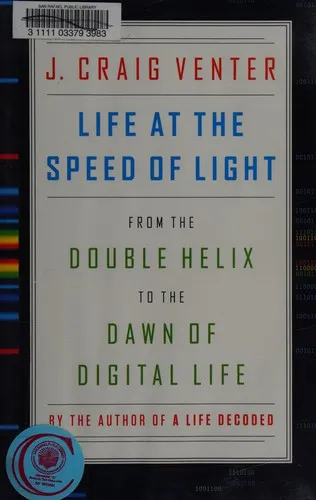1
mention
mention

The book covers a brief history of the discovery of DNA as the "software of life", the work that went into the sequencing of it (read), the ability to synthesize it (write), the process of introducing it to a host cell (boot), and speculations about what all of this technology means for the future. The book does a pretty good job answering the question of what the sequencing of the human genome looked like "on the ground" for the people involved, and gives a good sense and quite a few details into what kinds of problems there were along the way and how they were being resolved over time in the process of science/engineering of the achievement. I thought that the core thesis of the book "life at the speed of light" was a bit of a stretch. At one point, I wasn't sure why, a number of pages are devoted to teleportation in Stark Trek and then quantum entanglement and quantum teleportation. This is one of my favorite pet peeves because I believe I think it really confuses the public (we're not literally teleporting matter, we are moving a quantum state from one physical ensemble to another). It's also HIGHLY unrelated to the type of "telepotation" discussed in the book, which is of the form: take life, sequence DNA, transmit the DNA (information over light), synthesize DNA, introduce into a living cell to "boot" it. I understand that we can both read and write DNA and transmit it at will (it's just information), but there are still A LOT of nuances involved (e.g. especially the need for a physical and related host cell from somewhere that can also take in that DNA). The discussion of these nuances are summed up to only a few quick paragraphs, so I think a non-expert reader may think we're actually talking about teleporting living things around Star Trek style with their memories intact and all, or "beaming down" Martian life from a drone, as discussed near the end of the book. These are very misleading and unnecessary analogies, imo. I would advise a selective reading for anyone interested in a first-hand account of what the research challenges were in a lot of the early work on reading/writing DNA of tiny organisms all the way to humans and, on a high level, how they were overcome. 3/5 (I liked it) 3/5
— Andrej Karpathy
2020-04-08 on goodreads.com